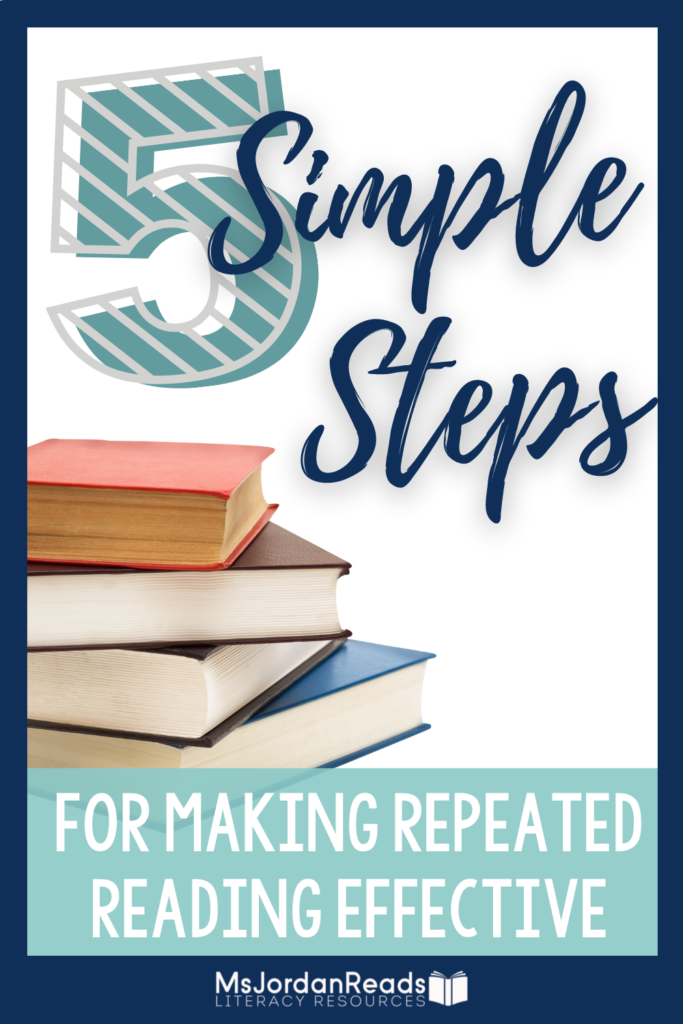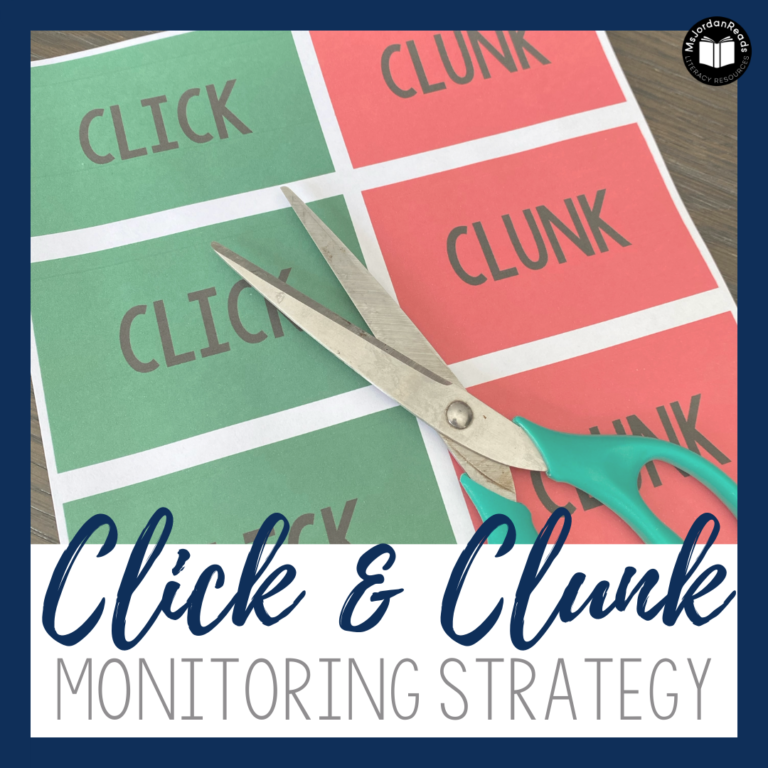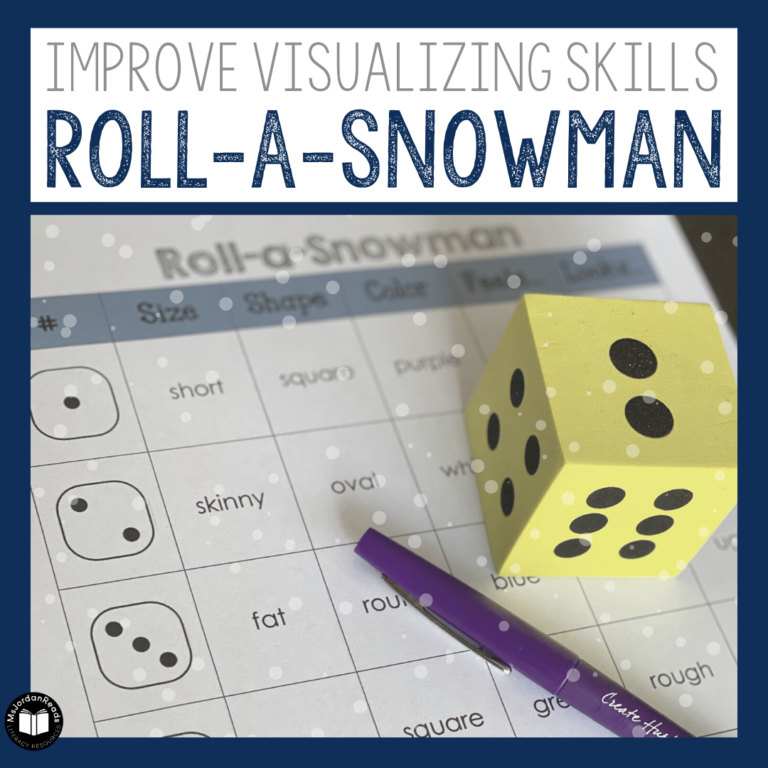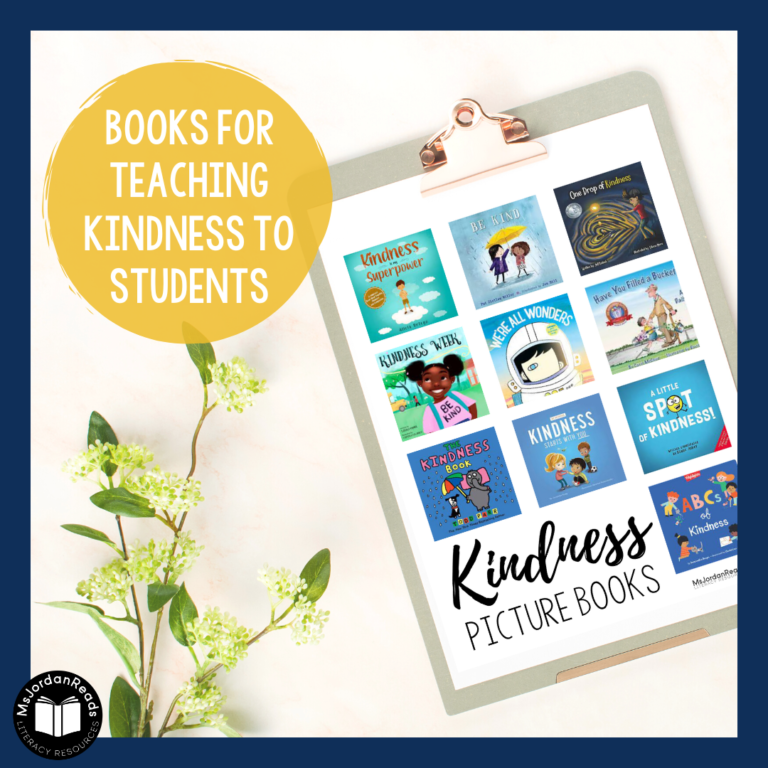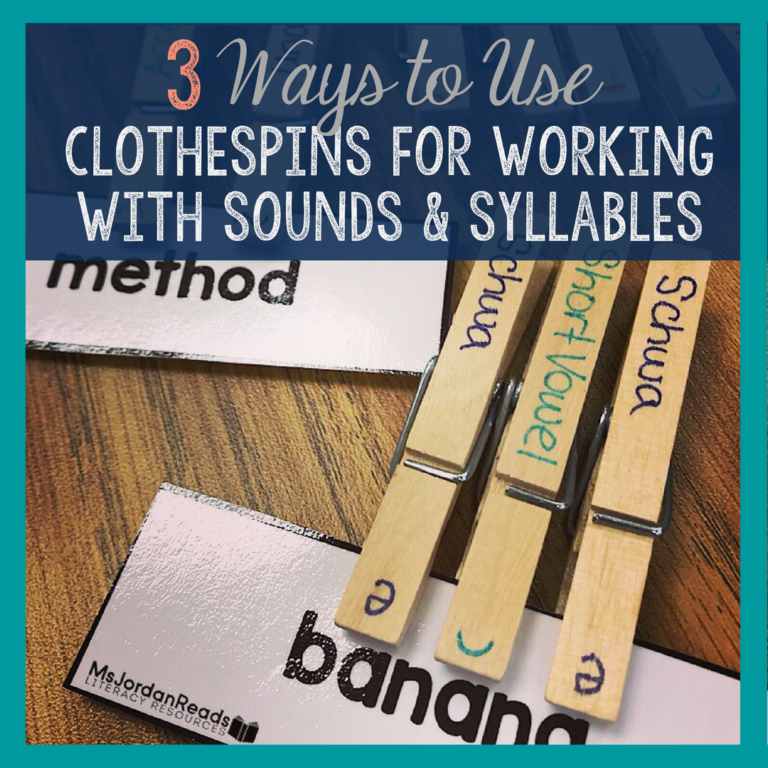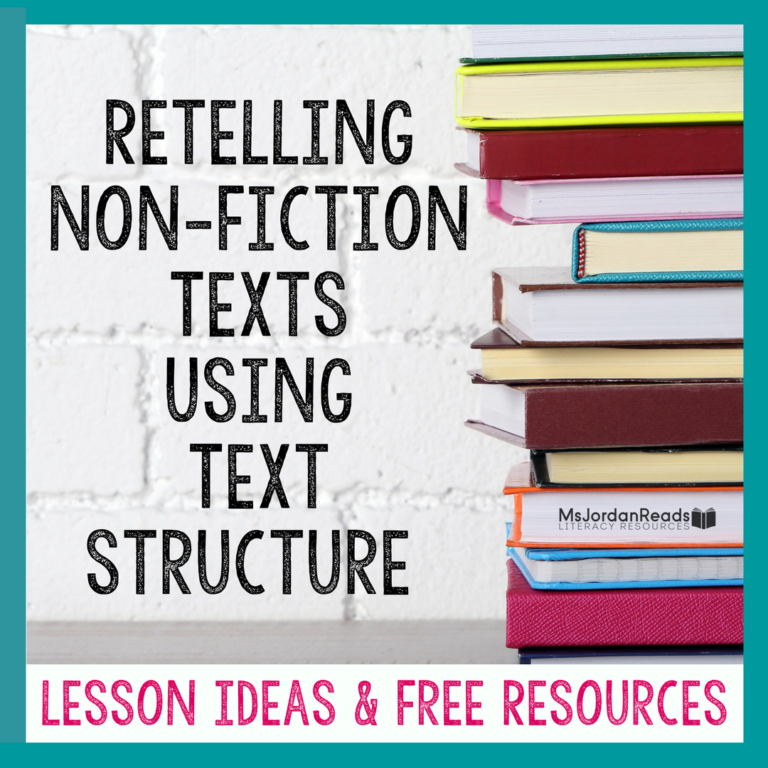The Fluency Five: Five Steps for Effective Repeated Reading
Fluency is reading with accuracy while paying attention to pace, phrasing, expression and punctuation. It’s an important literacy skill that develops with practice. One of the most successful and effective methods of becoming a fluent reader is repeated reading.
Repeating reading is a research-based practice that focuses on repetition to improve reading fluency. The idea is that students read a passage or short text multiple times so that they can become more automatic with their decoding. According to research, repeated reading can lead to improvements in reading speed and accuracy. The goal is to shift their focus from decoding to reading with fluency and comprehension.
There are ways you can take to make repeated reading more effective for your students. One way is by scaffolding your instruction and implementing the Fluency Five.
What is the “Fluency Five”?
Implementing the Fluency Five strategy is a way of introducing and learning a text with guidance and repeated practice. Non-fluent readers are able to understand what strong fluency sounds like, and receive the appropriate help to eventually read on their own. Through scaffolding, students become stronger, confident, and more independent with their reading.
Implementing the five steps below is just one way to make sure your students’ repeated readings are effective. Each step can be easily modified to work for your goals and students.
Step 1 – Model Read:
Read the text aloud to model what fluency should sound like. You can emphasize and point out the things you are doing with your voice so that students know what to focus on to read fluently. Modeling the opposite of what you should do can also help students suggest ways to fix it (and we all know that students LOVE correcting their teachers!).
Step 2 – Echo Read:
Break up the text and read each section one at a time while students repeat each part after you. This allows you to model what fluent reading sounds like and gives students the opportunity to repeat and change their voices to match yours.
Step 3 – Choral Read:
Choral read the text together. I always compare this to a chorus that sings together. By reading together, students can practice reading with others and encourages students who are not ready to read on their own. This step helps with reading confidence, too!
Step 4 – Practice Read:
For this step, students practice reading the text independently two or three times. Whisper reading is one way of doing this. Having students listen to themselves read with a whisper phone can help them monitor and assess their own fluency. Students can even audio record themselves and listen to their practice read-throughs!
Step 5 – Performance Read:
Students can perform the text by reading it aloud to a partner or an audience. Don’t have time or an audience? Students can record themselves reading their final read-through for this step, too!
Ideas for Using the Fluency Five
There are many different ways to use the Fluency Five in your classroom everyday. This method can be used for whole class lessons, small group instruction, and one-to-one conferencing or coaching.
Whole Class:
Implement the Fluency Five steps for whole-class shared reading, such as poems, passages, or excerpts from shared texts. This method would work perfectly for “Poem of the Week” or poetry folders. Each day you could complete a new step, or you can combine steps to save time. Consider saving the final read for Fridays, as an end-of-the-week culminating performance!
Small Group Reading:
Fluency Five can be used with any material that is appropriate to the targeted intervention or learning goals of your small group. This may include fluency poems, short passages, readers theater, phonics/sight word sentences, sections from leveled books, or excerpts from novels. You don’t want to do these steps with every text, but pick and choose texts that would be beneficial to be read multiple times.
1:1 Conferences:
The five steps for repeated readings are perfect for one-to-one conferences. The texts are similar to ones you would use for small groups, but you can target individual student’s needs and make it more prescriptive. With conferences, you can pinpoint specific areas of a text that are challenging and use the repeated reading as an intervention. Fluency Five is great for addressing the disfluent part of texts you notice during lessons and informal running records.
Fluency Coaching:
If you’re working as a fluency coach, you can guide students through repeated readings of independent-level texts. Many fluency coaches like to integrate Cold/Hot reading passages into their weekly sessions. Similar to 1:1 conferences, you can use the Fluency Five steps to introduce new reading passages or coach students through challenging parts of texts you’re currently working with. Your job is to guide them through the steps to scaffold their ability to read with fluency independently.
Fluency Five Modifications
Fluency Five can be modified to make it work for you! There are many different ways to accommodate the five steps, depending on the needs of your students and your goals. There isn’t one way of doing it, and choosing the best way for your students is most important. Here are a few ways you could modify the steps:
Keep. It. Simple. – You can make it as simple as you need it to be! For example, after the model/echo/choral steps, you can have students whisper read it to themselves once for the “practice” and then “perform” it by just doing a final read through of the text. This way, students do not have to feel the pressure of having a formal performance and can feel at ease reading it to themselves!
Skip Unnecessary Steps – You don’t always need to use all five steps! Perhaps you’re going over a tricky part of a shared text and you just want to focus on the model/echo/choral read it steps and skip the practice and perform. Students can just focus on listening and practicing reading that particular section fluently with your guidance.
Practice in Different Ways – The practice reading can look different depending on your students, the text, or even your end goal. Some options for practice are:
- A one-time read through with a whisper phone during guided reading or targeted small group time (e.g., text excerpt, passage, page from a novel)
- A few minutes of practice reading with a partner
- A weeklong independent practice completed at home with a final performance at the end of the week (e.g., readers theater, poetry, leveled passage)
Flexible Performance – The final step of performing could be a choral read, a performance to another class, or even just an audio or video recording of the final reading. There is not ONE way to perform, and you need to pick an option that works best for your classroom and the time that you have.
Free “Fluency Five” Printable
Ready to try out this strategy for repeated reading? Download a FREE Fluency Five printable to use as a reference! (Not yet a subscriber? Sign up today to access all the free resources in my resource library!). Use this PDF as a poster to display in your classroom or or you can even send it home with parents for them to use during at-home shared reading.

